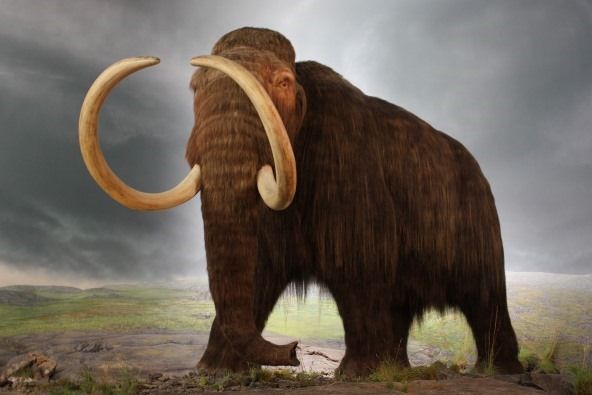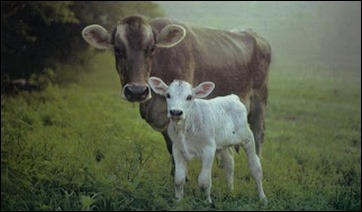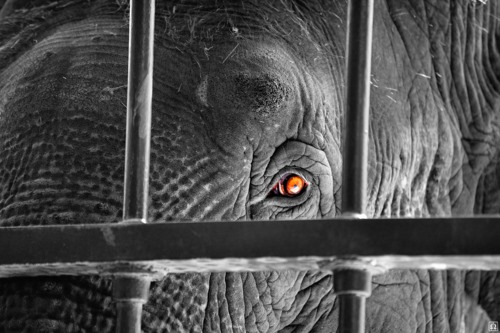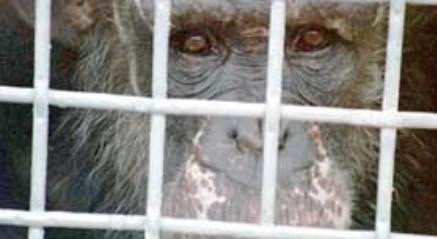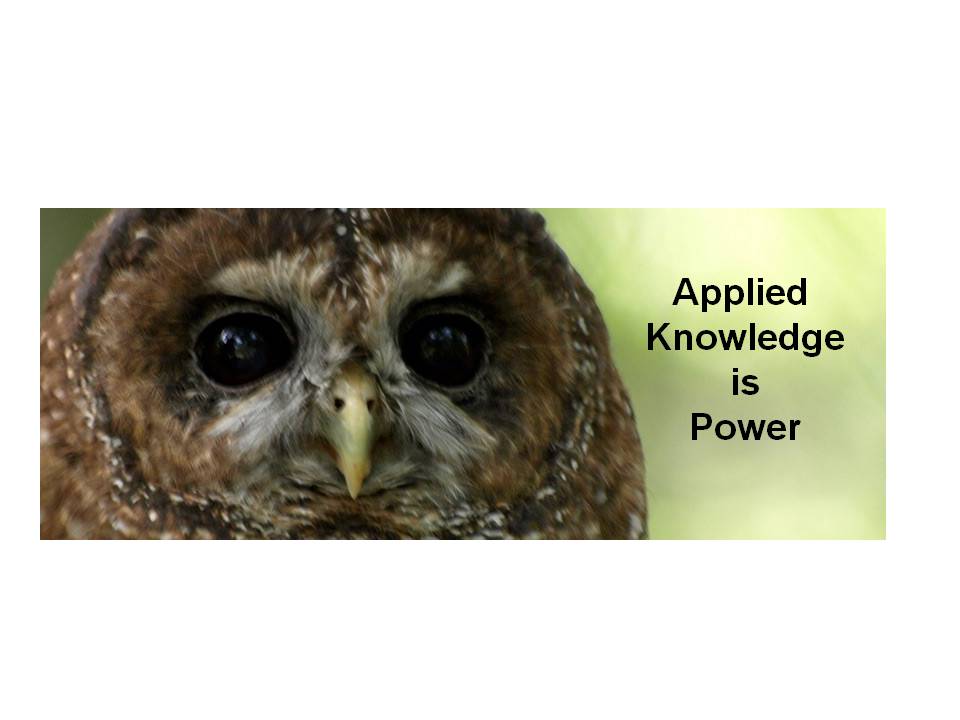Four Reasons Why We Should Oppose ‘De-Extinction’
The National Geographic website asks you to vote for your favorite extinct animal to be brought back to life. Would it be a woolly mammoth, the passenger pigeon, or perhaps a saber-toothed tiger?
De-extinction, the concept of “reviving” members of extinct species, is one of the hottest scientific topics around, and inching closer to realization with our burgeoning scientific capabilities in genomics, molecular biology and cloning. But there are some very sound reasons why the current enthusiasm for “bringing back the dead” should be left to popular television shows and apocalypse movies.
The whole idea, spearheaded by Revive & Restore, a project of the Long Now Organization, has been gaining plenty of interest, including a cover story in the April issue of National Geographic by science writer Carl Zimmer, a recent daylong TEDx conference on species-revival and ethics in Washington D.C., and articles and blogs in The Huffington Post, Wired, Scientific American and many more.
These websites and events have brought the ethics of the science of de-extinction to the fore with the central question: “Does being able to do something mean we should do it?”
Here are four reasons why de-extinction is something we should not do:
1. De-extinction is antithetical to animal welfare
In the rush to preserve species, we often forget that species consist of individuals and that whatever we do to a species we are doing to individual animals who have the capacity to suffer.
 We should not be lulled into a false belief that de-extinction (as well as cloning and genetic manipulation) isn’t vivisection.
We should not be lulled into a false belief that de-extinction (as well as cloning and genetic manipulation) isn’t vivisection.
Dolly, the famously cloned sheep, was the only successful organism in 237 eggs that had been used to create nearly 30 embryos that perished after being implanted into 13 surrogate mothers. Three lambs were created but only one survived. Dolly suffered from severe arthritis and lung disease due to genetic mutations that occur during cloning and had to be euthanized at the young age of 6 years – half her species’ natural lifespan.
De-extinction will not be possible without violating any reasonable standard of humane treatment.
In order to create one surviving woolly mammoth, several modern female elephants will need to be impregnated in order for one to give birth to offspring that survives more than a few days. How many modern and extinct pachyderms need to be sacrificed in order for this method to become reliable? Modern elephants have a difficult time reproducing in captivity already. Who is willing to make the decision that will probably end the lives of so many elephants, who are already becoming extinct? De-extinction will not be possible without violating any reasonable standard of humane treatment. For that reason alone it is unethical.
2. De-extinction ignores the current mass extinction problem
As conservation biologist Stuart Pimm and others have pointed out, preventing existing endangered species from going extinct should take precedence over reviving species already lost.
Preventing existing endangered species from going extinct should take precedence over reviving species already lost.
From an ethical point of view, why should the world’s scientific resources be focused on reviving species for which there are so many unknowns rather than on saving any of the millions of species facing extinction in the next few years? What is the validity of promoting the revival of mammoths, for instance, when Asian and African elephants will be lost by 2020?
And although some de-extinctionists insist that the knowledge we gain from de-extinction science may help us to save current species, this is a very dicey premise given the dire situation of the current mass extinction.
3. De-extinction is not conservation
One of the most voiced concerns about reviving lost species is over whether there will be a habitat for them to go to. Although DNA preserves the genetic template of a species, it does not preserve the way these genetic instructions unfold in the physical, social and psychological context to yield the whole animal in all of his or her essence. Beside the fact that it’s essentially impossible to reconstitute a complex ecosystem of the past, the introduction of revived species into present habitats puts current species at risk.
Members of species that exist only in captivity are functionally extinct.
Some pro-revivalists suggest that we should put revived animals in captivity, following the claims of the zoo and aquarium industry that keeping endangered animals in captivity is the equivalent of conserving them. But keeping animals in zoos and aquaria has had little positive impact on the status of most endangered species. Of the multitudes of endangered and at-risk animals kept in zoos, including elephants and great apes, only a handful of species have been successfully reintroduced into the natural habitat. Members of species that exist only in captivity are functionally extinct; their identity is not fully realized in an artificial environment. So, captivity offers little-to-no gain in conservation for either current species or ones brought back to life.
4. De-extinction promotes risky human attitudes
As Stuart Pimm points out: “De-extinction is much worse than a waste. By setting up the expectation that biotechnology can repair the damage we’re doing to the planet’s biodiversity, it’s extremely harmful for [various reasons].”
De-extinction represents a minefield of potential welfare and conservation missteps.
Pimm and others argue that de-extinction sends the message that we need not worry about what happens in the real world as long as we can keep re-constituting members of dead species. This is the same dangerous psychological game played by zoos, who fashion themselves as modern-day Noah’s Arks, providing false hope that species are being protected.
De-extinction represents a minefield of potential welfare and conservation missteps. Tragically, if we wait just another ten years or so then the African or Asian elephants of today will populate the growing list of candidate extinct species. Kimmela is dedicated to helping to protect elephants and other species before this happens.

